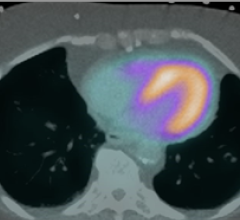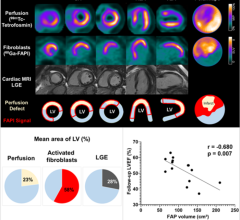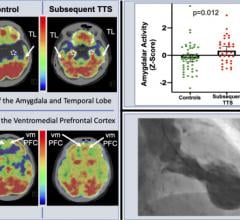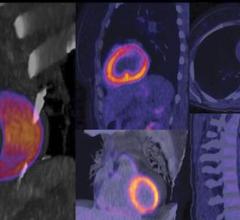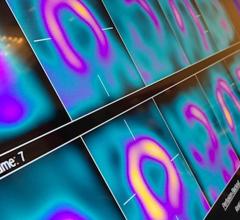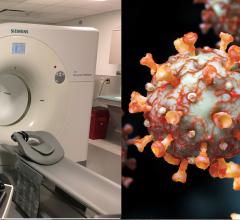September 7, 2022 — The American Society of Nuclear Cardiology (ASNC) and three partner societies have come together to answer cardiac imagers’ questions about SPECT/CT and PET/CT imaging with ...
PET-CT
PET-CT combines positron emission tomography (PET) detectors and computed tomography (CT) into one imaging system. PET requires the use of CT for image attenuation correction. The CT scanners that can be installed on these systems include 4-slice, up to workhorse 64-slice or higher systems. High slice CT is usually an option picked by hospitals that plan to use the PET-CT scanner for standard CT only imaging exams as well. The CT scan anatomical imaging can be fused with the nuclear PET imaging to show anatomical landmarks. The CT component can also be used in cardiac PET to perform a coronary calcium scoring exam to offer a risk assessment for future heart attack risk.
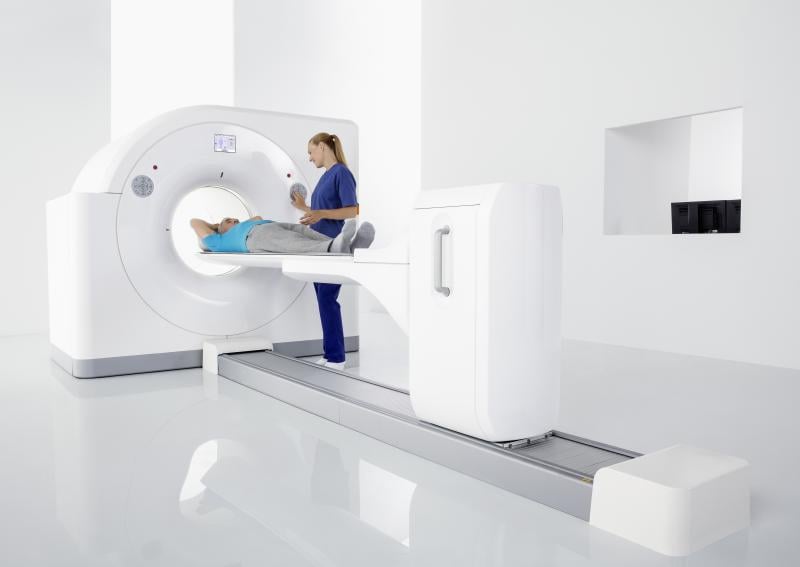
Cardiac positron emission tomography (PET) is growing in popularity among cardiologists because it provides the ability ...
October 5, 2023 — Jubilant DraxImage Inc., a wholly-owned subsidiary of Jubilant Pharma Limited, has entered into an ...
September 14, 2022 — GE Healthcare and Lantheus Holdings Inc have announced that the recent Phase III clinical trial of ...
Cardiac positron emission tomography (PET) is growing in popularity among cardiologists because it provides the ability ...
September 7, 2022 — The American Society of Nuclear Cardiology (ASNC) and three partner societies have come together to ...
July 11, 2022 – The American Society of Nuclear Cardiology (ASNC) and the Society of Nuclear Medicine and Molecular ...
June 15, 2022 — Poor functional outcomes after a heart attack can be predicted with a new PET imaging agent, 68Ga-FAPI ...
July 13, 2021 — In a recent blog, the American Society of Nuclear Cardiology (ASNC) reported that Humana, one of the ...
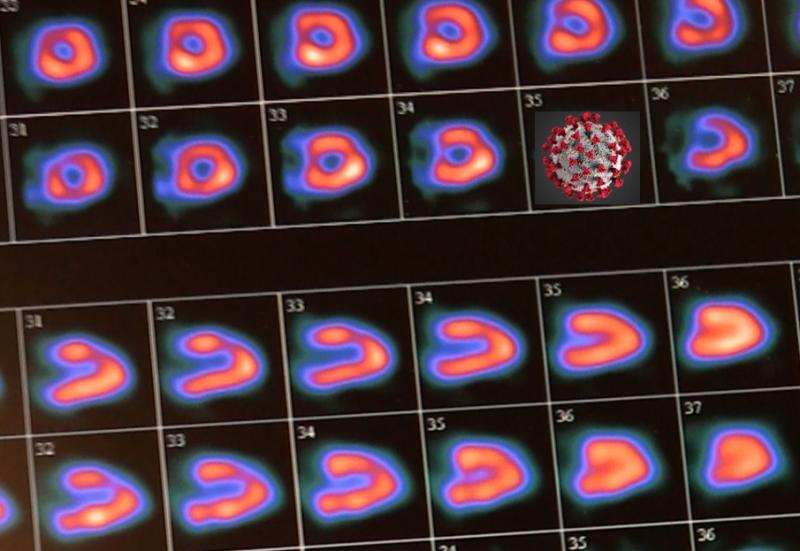
A year after COVID-19 turned the world upside down, the American Society of Nuclear Cardiology (ASNC) asked members how ...
April 1, 2021 – The ability to measure myocardial blood flow (MBF) as part of myocardial perfusion imaging (MPI) is one ...
March 31, 2021 — Heightened activity in the brain, caused by stressful events, is linked to the risk of developing a ...
Ernest Garcia, Ph.D., MASNC, FAHA, endowed professor in cardiac imaging, director of nuclear cardiology R&D laboratory ...
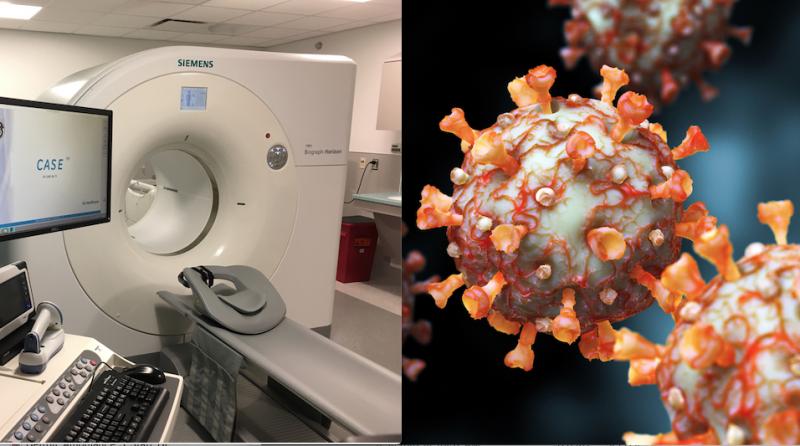
Cases of acute cardiovascular disease and cardiac complications caused by COVID-19 require cardiovascular imaging ...
Hicham Skali, M.D., a staff cardiologist and member of the Non-invasive Cardiovascular Imaging Program at Brigham and ...
April 3, 2020 — A new guidance document on best practices to maintain safety and minimize contamination in nuclear ...

As hospital imaging departments look to replace aging nuclear scanners with updated technology, many are asking if ...

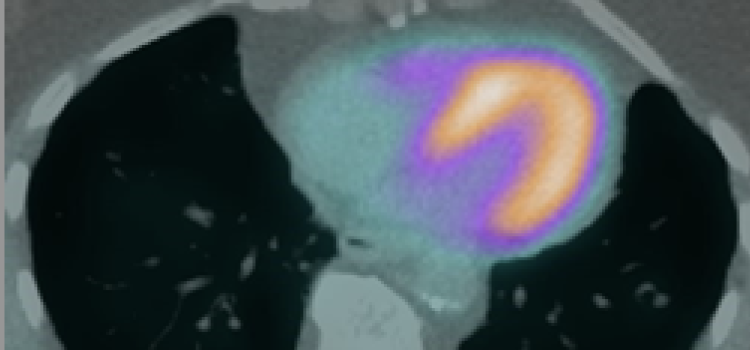
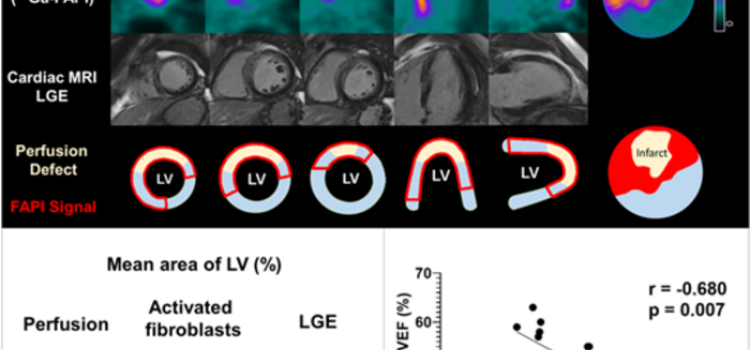
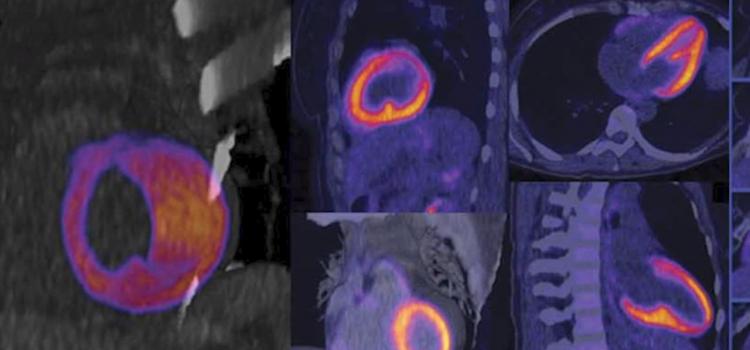
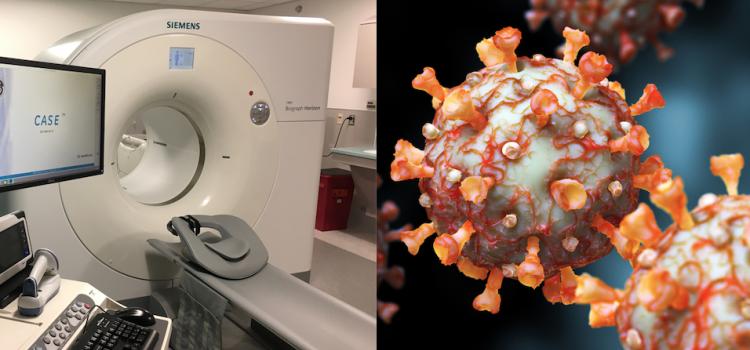
 March 05, 2024
March 05, 2024
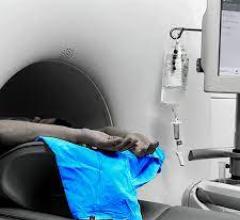
![Phase III clinical trial of [18F]flurpiridaz PET diagnostic radiopharmaceutical meets co-primary endpoints for detecting Coronary Artery Disease (CAD)](/sites/default/files/styles/content_feed_medium/public/Screen%20Shot%202022-09-13%20at%203.30.13%20PM.png?itok=2w6OoNd6)

